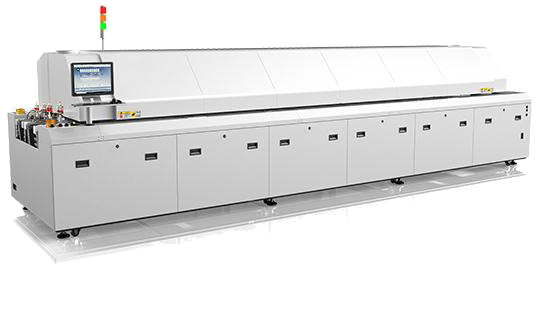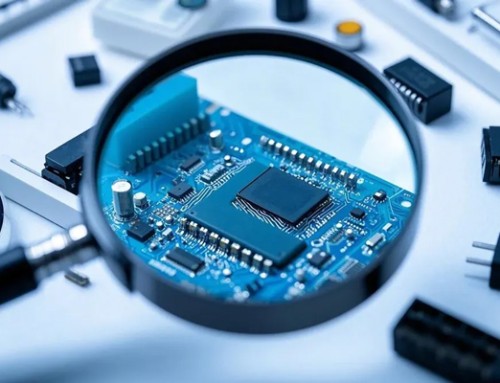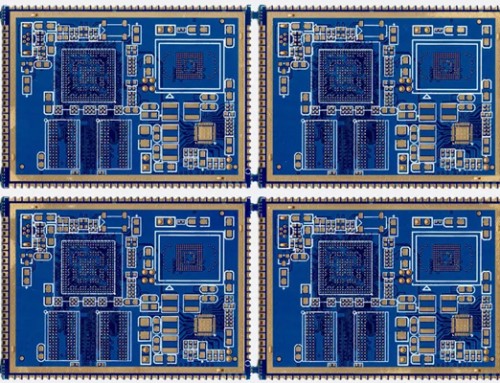With the rapid development of the electronics industry, Surface Mount Technology (SMT) patch processing has become the mainstream technology in the field of PCB assembly. Reflow soldering, as a core component of SMT assembly, plays a decisive role in the quality of solder joints. This article will focus on the “Key Techniques of Reflow Soldering in SMT Assembly,” discussing the principles of reflow soldering, key process parameters, and their application in PCB assembly.
I. What is Reflow Soldering
Reflow soldering is a method that involves heating the solder paste to melting, allowing the solder to fill the tiny gaps between the pads and component leads under the wetting action of the solder paste, and then cooling to form reliable solder joints. Reflow soldering has the following advantages: fast soldering speed, good solder joint consistency, high degree of automation, and a wide range of applications.
II. Key Processes of Reflow Soldering
1.Selection and Application of Solder Paste
Solder paste is a key material in the reflow soldering process, and its performance directly affects the quality of solder joints. When selecting solder paste, factors such as the type, particle size, and melting point of the solder paste should be considered. When applying solder paste, ensure that it is evenly and appropriately applied to the pads, avoiding too much or too little.
2.Preheating Stage
The main purpose of the preheating stage is to dry the solder paste, activate the flux, and reduce the temperature difference between the components and the circuit board to prevent thermal shock damage to the components. The preheating temperature is generally controlled between 100-150°C, with a time of approximately 90-120 seconds.
3.Soaking Stage
The soaking stage is to ensure that the circuit board and components are fully heated, guaranteeing that the solder powder in the solder paste is completely melted. The soaking temperature is generally controlled between 160-210°C, with a time of approximately 60-90 seconds.
4.Reflow Stage
The reflow stage is the most critical phase of the soldering process, where the solder powder in the solder paste melts at the reflow temperature to form solder joints. The reflow temperature is generally controlled between 210-245°C, with a time of approximately 30-60 seconds. It is important to control the heating rate during this stage, avoiding too fast or too slow.
5.Cooling Stage
The cooling stage is to allow the solder joints to solidify and form strong joints. The cooling rate should not be too fast to prevent stress in the solder joints, which could affect joint quality. The cooling time is generally controlled between 100-150 seconds.
Ⅲ Optimization of Key Process Parameters in Reflow Soldering
1.Temperature Profile Optimization
The temperature profile is a key parameter in the reflow soldering process. A reasonable temperature profile should ensure that the solder paste is fully melted at each stage to form reliable solder joints. The setting of the temperature profile needs to be adjusted according to factors such as the type of solder paste and component characteristics.
2.Selection of Heating Method
The heating methods of reflow soldering machines include infrared heating, hot air heating, etc. Choosing the appropriate heating method can improve soldering quality. For example, infrared heating is suitable for small circuit boards, while hot air heating is suitable for large circuit boards.
3.Adjustment of Conveyor Speed
The conveyor speed affects the melting and cooling process of the solder paste. Adjusting the conveyor speed appropriately can result in uniform and full solder joints. Too fast or too slow conveyor speed can lead to a decrease in joint quality.
IV. Advantages of Reflow Soldering in Electronic Assembly
1.Increased Production Efficiency: Reflow soldering has a high degree of automation, which greatly improves production efficiency and reduces labor costs.
2.Ensuring Soldering Quality: By precisely controlling process parameters, reflow soldering can achieve high-quality soldering and reduce the defect rate.
3.Strong Adaptability: Reflow soldering is suitable for various SMT patch soldering scenarios, meeting different product requirements.
V. Development Trends
1. Intelligence: With the development of technologies such as artificial intelligence and big data, reflow soldering equipment will become intelligent, automatically adjusting process parameters to improve soldering quality.
2. Refinement: Reflow soldering will achieve more refined process control for different types of components and solder pastes to meet high-precision soldering requirements.
3.Green Manufacturing: As environmental regulations become stricter, reflow soldering technology will pay more attention to green manufacturing, reducing energy consumption and pollutant emissions.



